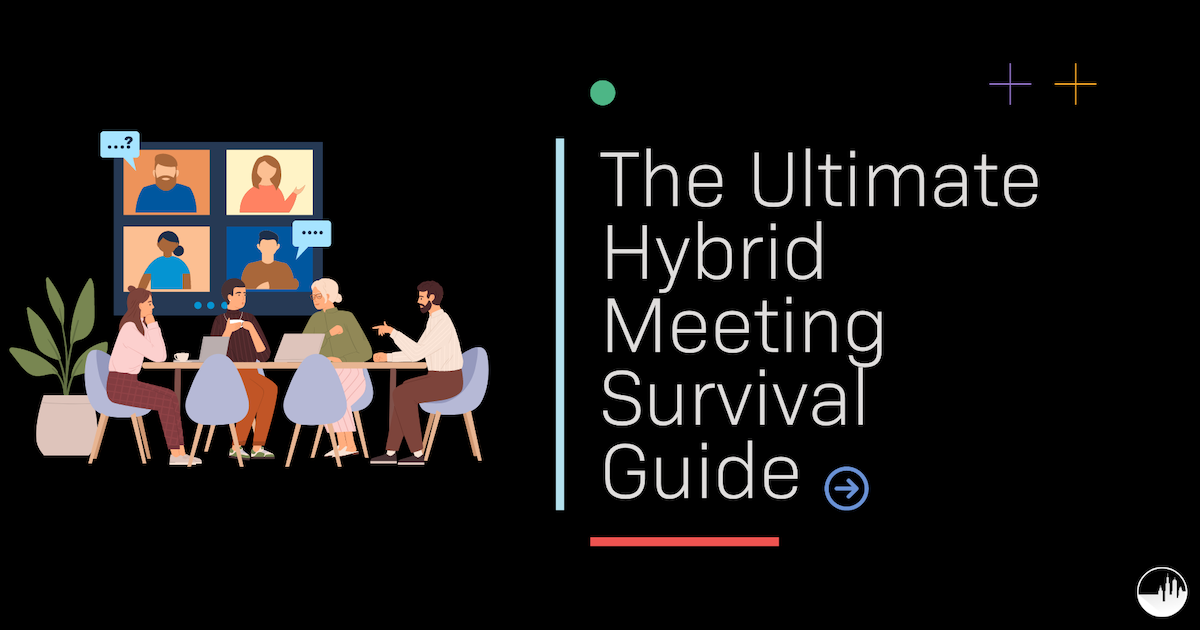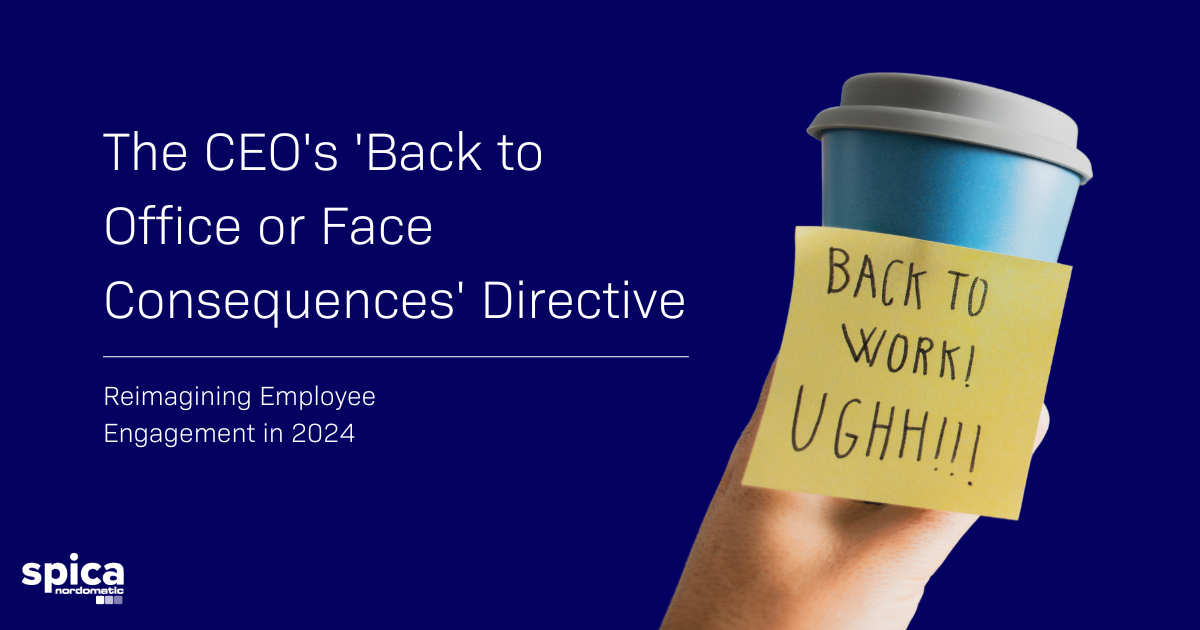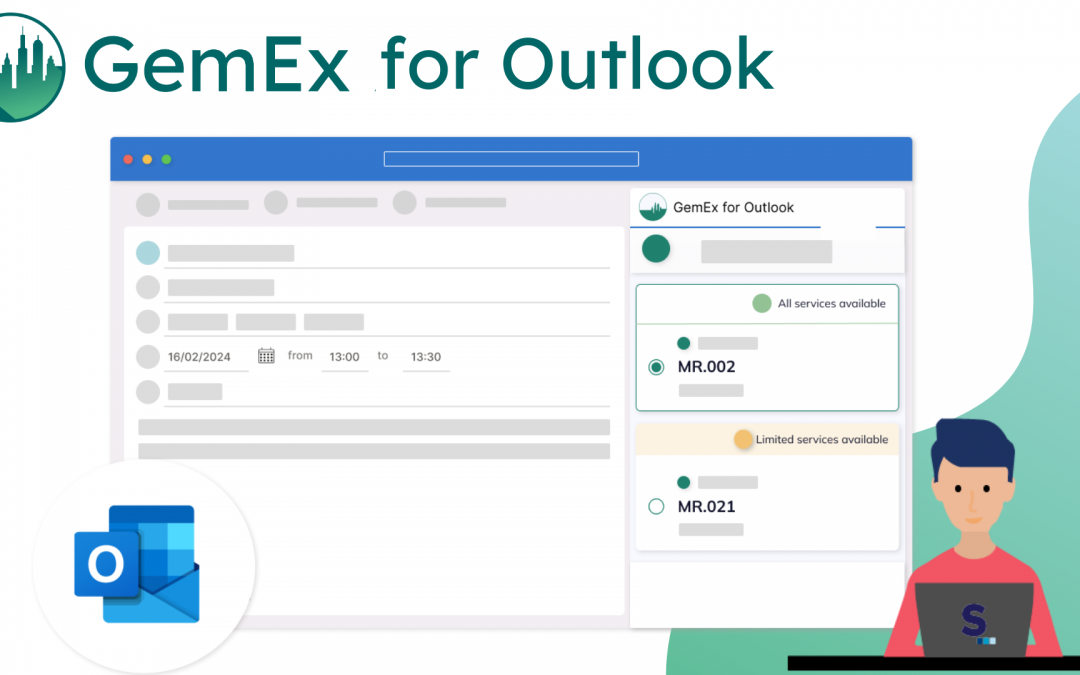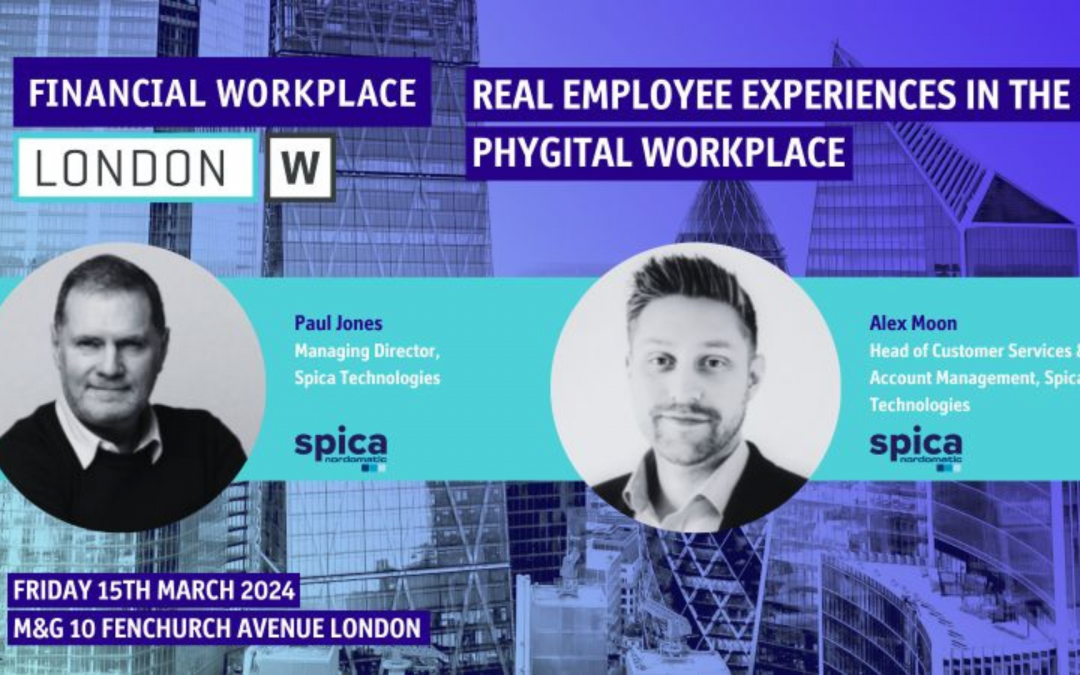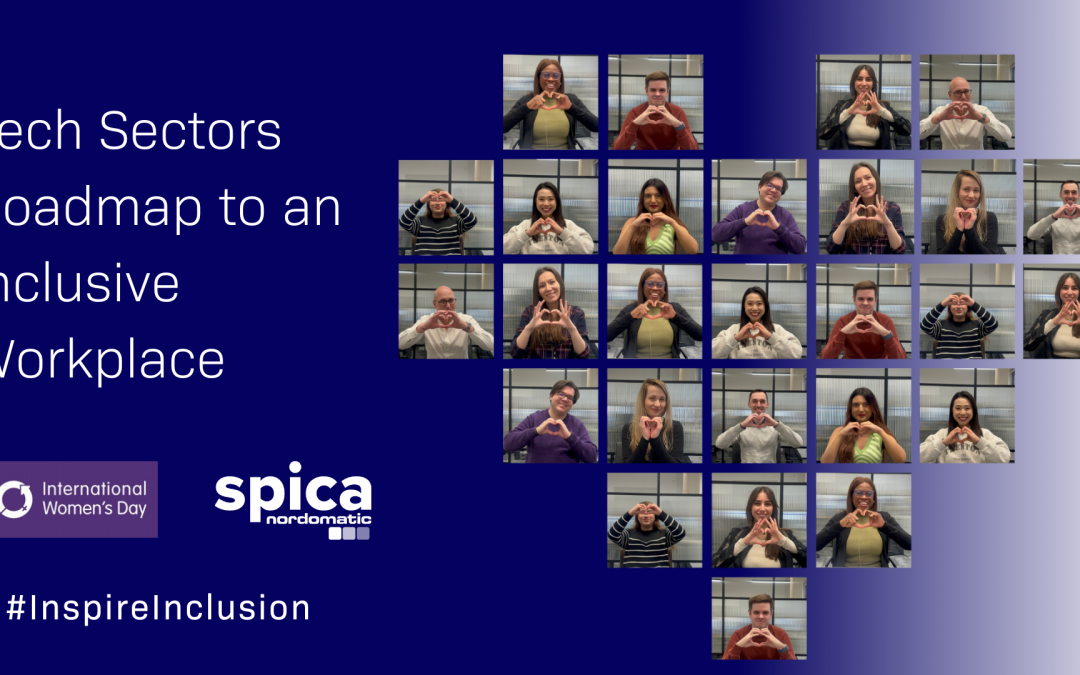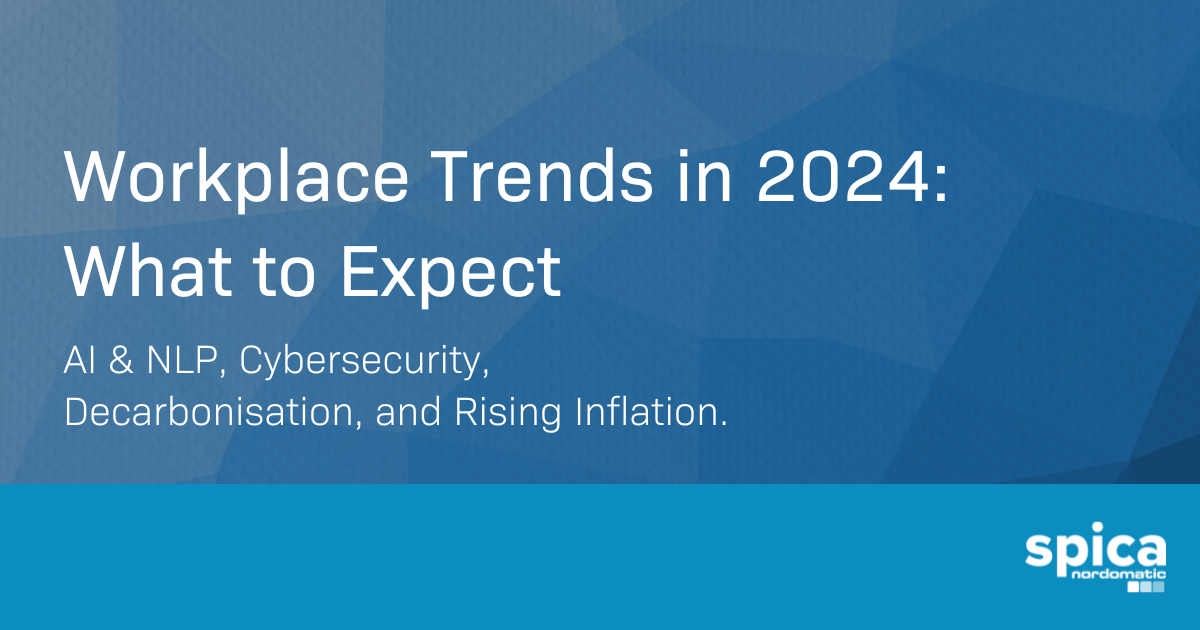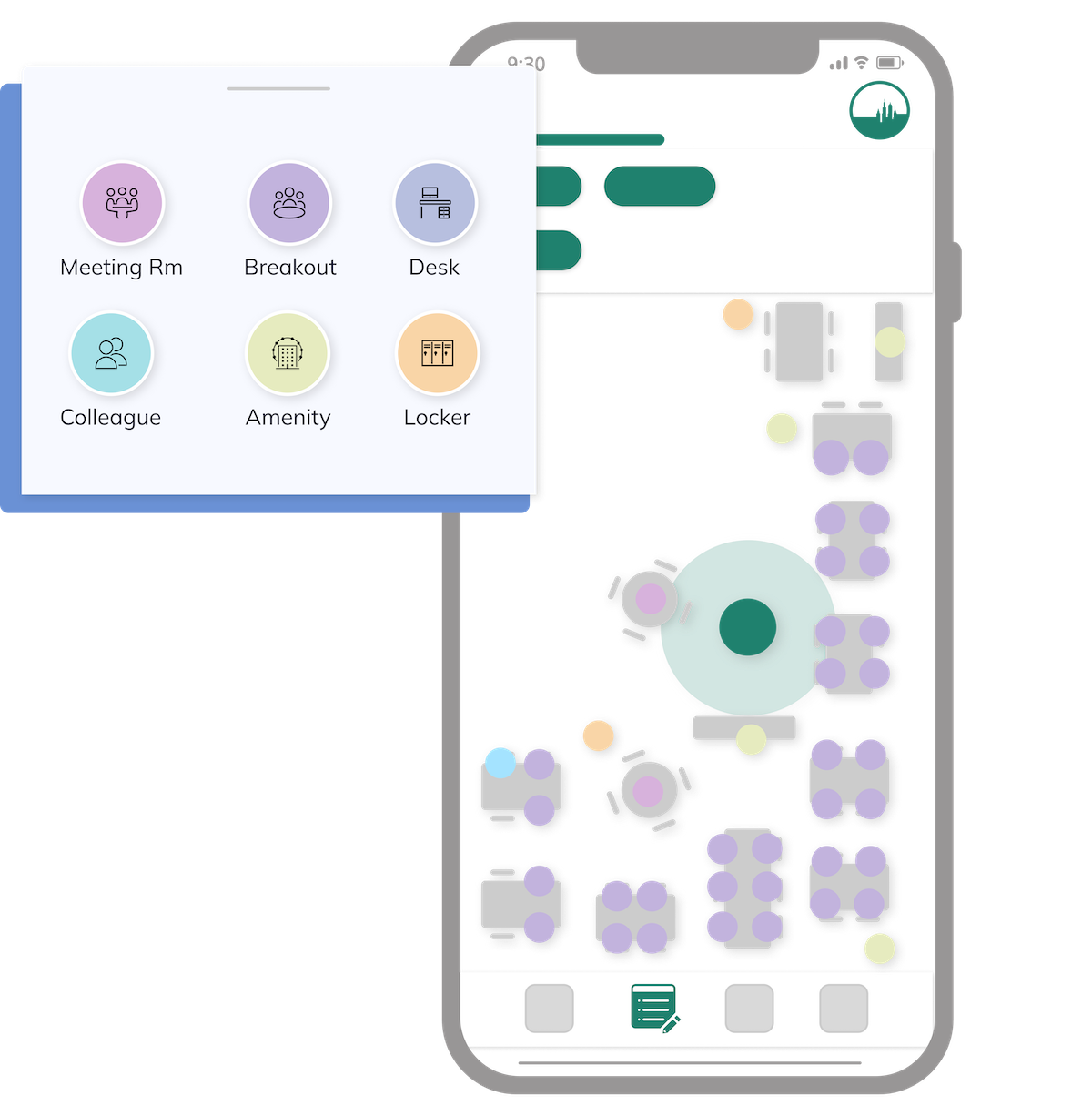I recently attended the Unwired Financial Workplace event at RBS in Bishopsgate, London. Financial Workplace19 is an industry specific event exploring the latest trends on the future of work and workplace in the financial services sector.
A lot of the leading financial institutions were in attendance represented by senior directors from real estate, facilities, HR, technology, executive management, architecture and design. The speakers were all thought leaders sharing best practice and expertise on the future financial workplace. Part of this interesting line up was our very own CEO, Tim Streather.
Tim explored how financial workplaces are needing to create a high performing agile culture, in a rigid complex workplace. His talk explored how organisations can make your physical assets smarter via frictionless communication with users and provide optimal environmental conditions. How they can improve workplace culture by understanding the behavioural data and empowering employees to effortlessly interact with their environment in a flexible agile breeding-ground for innovation.
Although this event was aimed at the Financial sector the topics covered resonate with any organisation looking to create a future fit workplace within an office real estate setting. This was brought to life by the case studies cited by the speakers and some of the challenges they experienced in creating great workplaces. Some of which I am sure will be painfully familiar within other sectors:
- Moving to a more flexible workspaces with less rigid positioning of employees meant that colleagues found it difficult to find each other as they moved freely around the space.
- With the design of more open plan spaces employee feedback was that background noise was disrupting important video conferencing calls.
- Estates teams were being inundated with requests for more desks.
- Inaccurate assessments of workspace using just door counting sensors, and other snapshot people counting estimates, meant a lack of buy in from senior estate stakeholders in making decisions.
- Businesses being unaware of unused space and potential cost savings.
- Although designing and facilitating agile working there was still little understanding on a granular picture of indoor environmental conditions beyond macro BMS capability.
What really struck me on hearing all of this was that it felt like a lot of costly design planning was being implemented with minimal reference to precise data of how people are interacting with the space and the supporting granular information on indoor environmental conditions.
Clearly there was a massive buy in from these organisations in creating fantastic workplaces which are engaging, healthy and collaborative. However, although there was this move to agile working whilst creating some amazing physical workplaces, there was a lack of personalised employee technology to support and enhance this new approach. Indeed a few of the speakers recognised this would be a logical next step.
Imagine if an employee could easily find a colleague or a team in just a few clicks. Choose a workspace area where they know noise levels are low. What if estates teams could look at accurate live and historical data on how desks and workspaces are being used by departments and have the ability to present this information back to them before making decisions on extra desks. What if they could shut a floor down on certain days because it is underutilised, saving on energy and resources, perhaps even sublet and area.
The good news is that this type of technology is readily available and has a place in all stages of workplace evolution for organisations. It could provide critical information prior to a refurb or move on how people are using the space, the type of areas they need to work effectively and what type of desk ratios could be realistically achieved.
Once they have a new modern agile workplace employees can have modern technology to match, so they can access the building by waving their phone, find a workspace or colleague they need to work productively, book a last minute meeting room and resources based on their geo location in the building, raise a request or get help through a chat bot, even click and collect their favourite coffee.
We have all these systems already I hear you cry! True, however the key point here is moving away from multiple inflexible systems that don’t talk to each other and instead adopting an integrated approach to a digital workplace where you have all the functionality in your hand in one app, whilst on the go.
As one customer told me from their journey of having a bespoke workplace app, they soon realised that they were not really procuring an app, that’s the ‘easy’ part. They were procuring the integration expertise in bringing it all together to provide the business outcomes they set out to achieve, whilst providing a seamless employee user experience. Only once this is in place will businesses and employees have technology that matches their ‘future’ workplace and aligns with crossing that threshold from our everyday personal experience to workplace experience. The future workplace is already here. @SpicaTehcnologies





